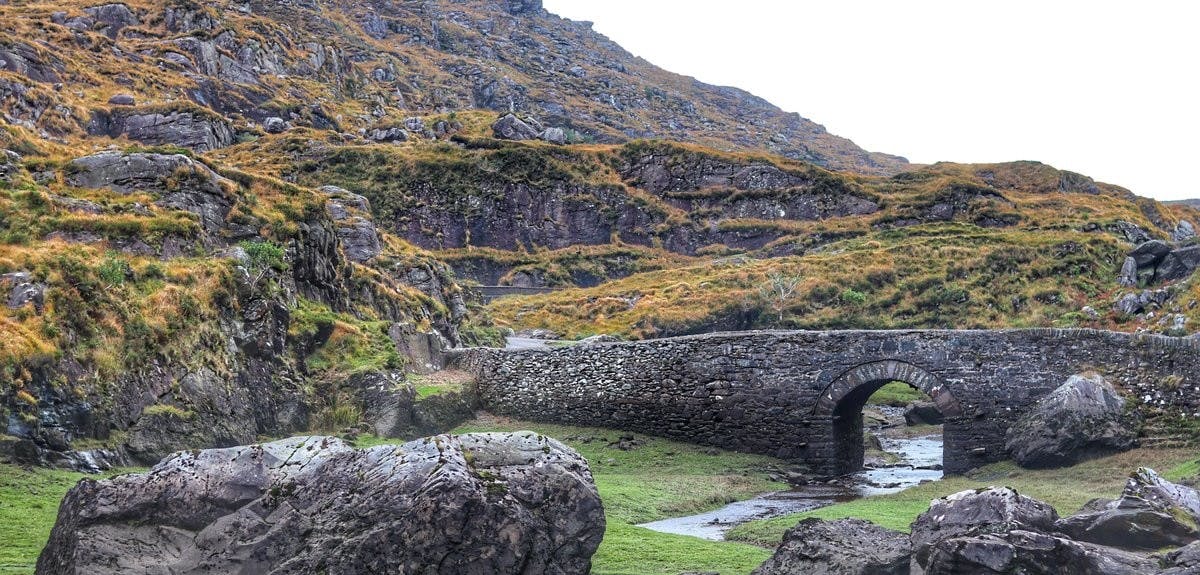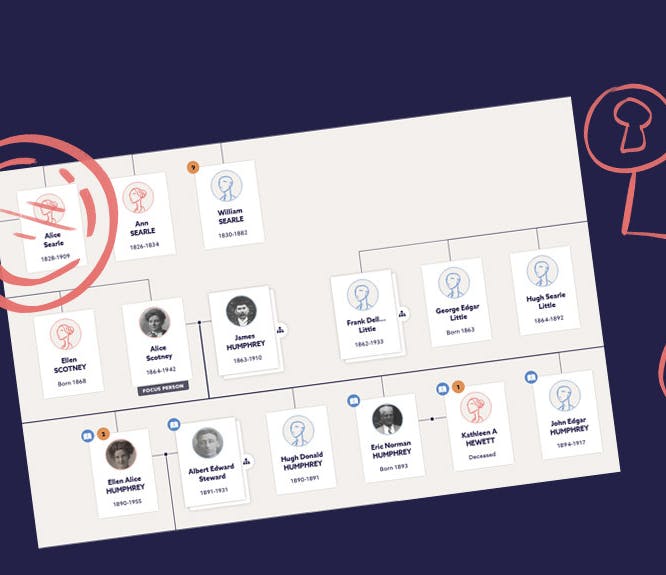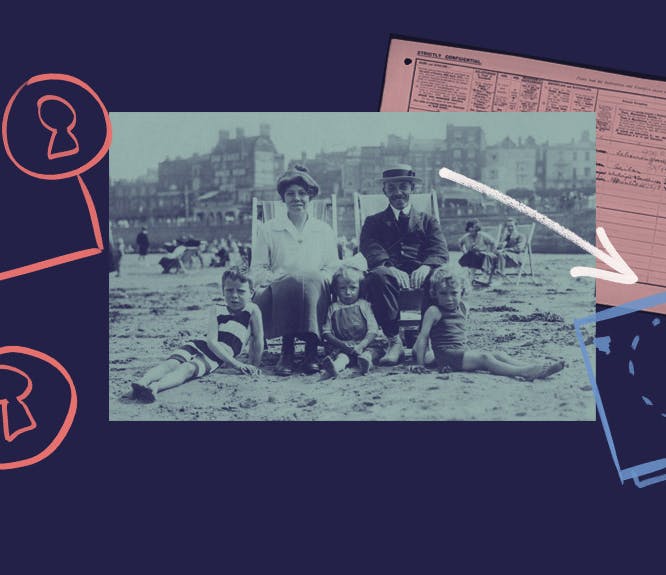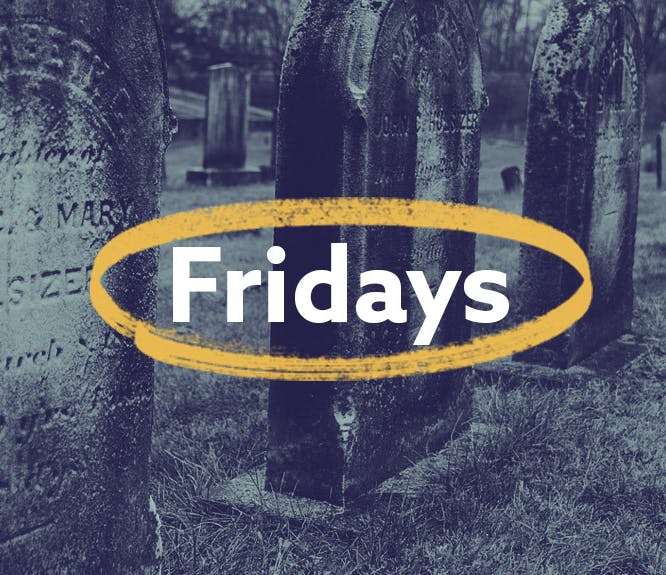Getting Started with Irish Records
4-5 minute read
By The Findmypast Team | February 22, 2018

Almost 10% of Americans claim Irish heritage. At Findmypast, we have more than double the Irish records of any other website. This means that we understand how difficult Irish research can be. Missing censuses, mass migration and more mean that finding your Irish ancestors can be tricky. In this week's instalment of The Essential Guide to British and Irish Family History, we'll be looking at the basics of Irish research.
Finding the Place of Birth of Your Irish Ancestor
Before beginning: What to look for
In order to make an attempt at finding your ancestor in Ireland, you must know the following information about them:
Any other information you know can be helpful. Things like their religion or occupation can provide vital clues to the region your ancestor came from in their home country.
After assembling any of this you already have, seek out family sources first. While we obviously want to find documentary evidence, we'll be also be happy with any lead we can get. Don't underestimate anecdotal evidence to get you started - ask some of your family members if they remember hearing where your subject was born or from.
These kinds of leads may provide supporting evidence for later discoveries, or failing any solid discoveries, can at least give you a hunch about where to look overseas.
Why you must begin with US records
Perhaps the most common mistake in this situation is beginning research in the wrong country. But think about the sheer numbers - chances are your immigrant ancestor produced more records in the United States than in their home country, as adulthood is when the greatest number of records are taken. Furthermore, we must always work backwards from what we know, so it's absolutely necessary to start off in the U.S. and work our way backwards.
You should have no trouble finding the bulk of the minimum information you need, but it's the birthplace that is tricky yet essential. Unfortunately, there is no one source that consistently records this fact, and quality and quantity of records available differs greatly depending on time and region.
Our advice for finding your immigrant ancestor's birthplace in American records is to move forward with a strategic, layered approach. Begin with already compiled genealogies, periodicals and newspapers, then move on to specific types of records.
Moving on to another country
Once you're armed with the necessary information, you can begin to search for your immigrant ancestor in foreign records. The step-by-step process is similar to the one you use for US records, but the sources are different. You will begin with any compiled genealogies or helpful periodical articles, and then move on to specific record sets, including newspapers.
Irish census records were almost entirely destroyed by fire in the 1920s, and therefore Irish research can present a challenge. There are census substitutes such as the Griffith's Valuation, and our Catholic Parish Registers make it more possible than ever to find your ancestor in Ireland.
Problems you may encounter
The most common problem is being unable to find your immigrant ancestor's birthplace. While this is definitely a difficult roadblock to overcome, it's not impossible. There are ways to make educated guesses as to the region your ancestor came from. As long as you have some kind of lead, it's possible to still make this discovery using some circumstantial evidence.
For instance, knowing the religious denomination and period of immigration of your ancestor could provide a vital clue: Most colonial immigrants came in groups, usually from very specific regions of Ireland.
Additionally, many are not aware that immigrants did go back home. Not everyone stayed. While scholarly estimates differ, it was far from uncommon and you may encounter multiple trips across the Atlantic. It's important to keep this possible solution to a mystery in mind - realizing your ancestor went back home will greatly affect the areas and time periods you search in.
Irish Birth, Marriage and Death Records
For those researching Irish family history, there are some key pieces of information you need to know when using civil registration collections to trace your ancestors.
Where to Start?
Civil registration began in Ireland in 1845, but only for non-Catholic marriages. For all other records, it began officially in 1864, which is relatively later than the UK (1837). If you are searching for records pre-1845, you'll be relying on church records rather than civil registrations.
On Findmypast, you'll find the indexes of Ireland's births, marriages and deaths. You can search them by name, event year and registration district. Ireland has 162 registration districts and many of them cross county borders. These are essential to know when trying to pinpoint your ancestors in the records.

Ireland's civil registration districts
Next Steps
Once you've found the record you're looking for, you can then locate the official certificate on irishgenealogy.ie, the official Irish government website. You'll need to perform the search again and enter your details to access the records but they are completely free to view. owing to data protection reasons, full certificates are only available on irishgenealogy.ie for births over 100 years old, marriages over 75 years old and deaths over 50 years old. However, you can still search indexes up to 1958 on Findmypast.
Alternatively, you can also obtain a certificate in person at the General Register Office (GRO) in Ireland or order one through their online ordering system.
The information you can get from Irish births, marriages and deaths is essential for building your family tree and includes:
Each record you find will generally get you back into another generation of your Irish family. Birth records should include parents' names whilst marriage records usually feature both spouses' fathers' names. Once you have those details you can use the records again to start your search on the family members you've just traced.
--------------------------------------------------------------
We hope you found this starter guide to Irish research useful. We'll be back next week a deeper dive into Irish genealogy.
If you have any questions or comment about The Essential Guide to British and Irish Genealogy, please let us know on Facebook or Twitter.
Related articles recommended for you

Use our free family tree template to kick-start your family history research
Build Your Family Tree

Your family tree questions answered
Build Your Family Tree

A complete guide to building your family tree
Build Your Family Tree

